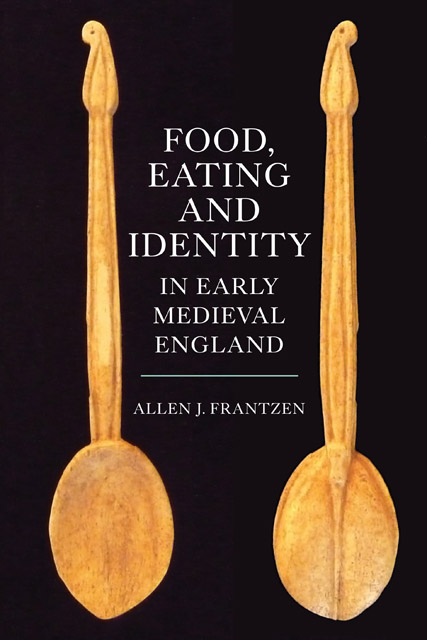5 - Pots for Cooking and Storage
Published online by Cambridge University Press: 14 February 2023
Summary
An object with a single but essential purpose, the quern acquired its final form before it became a fixture of Anglo-Saxon settlements. Quernstones varied only slightly from one period of Anglo-Saxon history to the next or from region to region. They broke – most survive only as fragments – but not so often as objects made of clay, wood, or iron. Querns could be repurposed, but they could not be repaired. This was true of pottery as well. Imported pottery followed the same international trade routes as querns, but in most other respects pots form a contrast to quernstones. Most pottery was domestic and moved through distribution points that linked settlements both to markets and to manufacturing sites. Themselves bulk commodities, pots served as containers for bulk goods such as wine and oil. Pots were produced with successively new techniques using soils that can be tracked geographically and chronologically. Not surprisingly, pottery fragments comprise a body of evidence that has grown in significance as the dating and localizing of ceramics has become more precise. Remnants are numerous and often site specific. As a result, ceramic evidence has become crucial to the economic analysis of many ancient and early medieval cultures, Anglo-Saxon England among them.
Pottery also illuminates food networks within settlements, including those that trace the preparation and serving of food. Food remains are sometimes preserved on sherds – for example, baked onto the inner surface of a cooking pot. Such evidence connects cookware to diet and to a settlement’s resources. A single sherd might bear witness both to a pot’s place of manufacture and to the food cooked in the pot. We see, then, that pots – and cups, pitchers, and associated ceramic forms – involve more parts of the food network than do querns or most other food objects. After exploring ways in which pottery has been used to document social identity, I will examine the trajectory of pottery at a variety of Anglo-Saxon settlements, from early to late.
Pottery and social identity
Whether imported or locally made, pots illustrate distinctions between elite and ordinary consumers. Pots can also be used to explore more subtle aspects of social identity.
- Type
- Chapter
- Information
- Food, Eating and Identity in Early Medieval England , pp. 106 - 131Publisher: Boydell & BrewerPrint publication year: 2014

